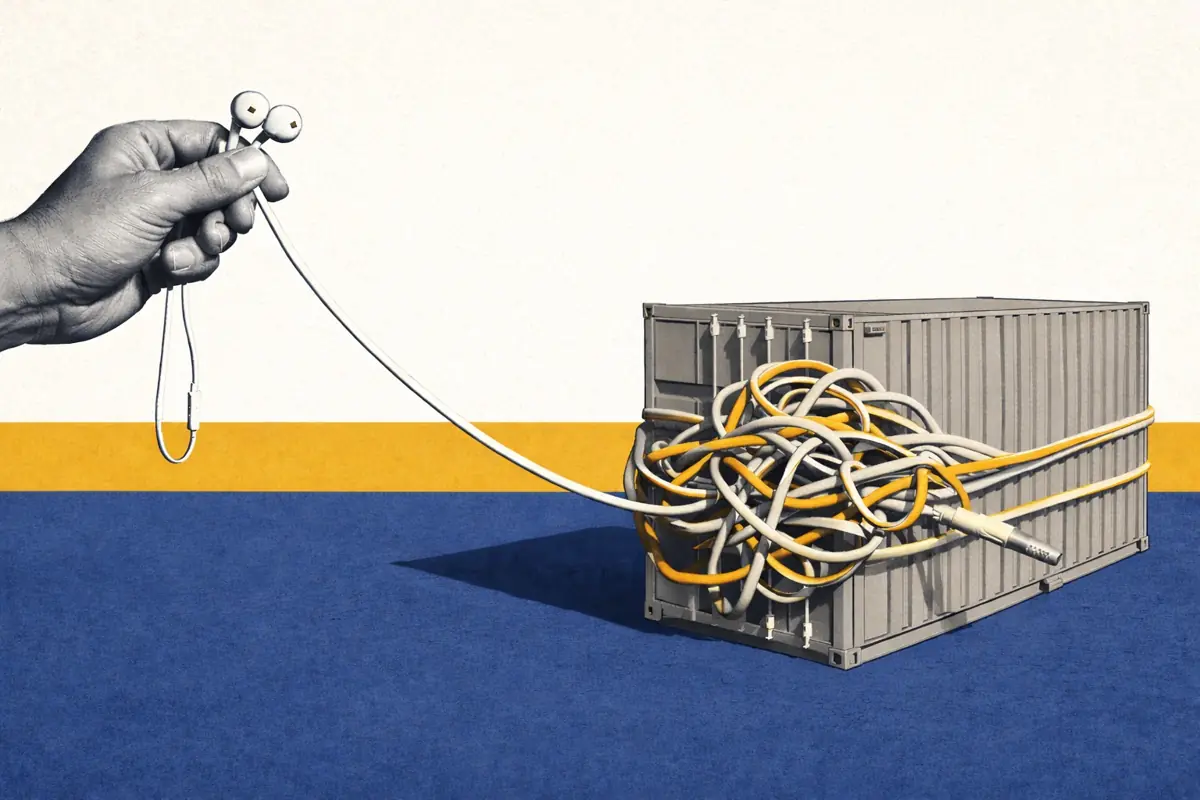Dynamic Containment Low: why have prices increased so much?
Prices in Dynamic Containment Low increased sharply at the beginning of July. In fact, they are at their highest average level since November 2022. This increase in prices has coincided with a jump in volume requirements - up 65% from June.
- Across May and June, prices in the service hit their lowest-ever point - an average of just £1.38/MW/h.
- Prior to this, in March, Dynamic Containment High prices overtook Dynamic Containment Low for the first time ever.
- And it had remained that way for four months - until now.

However, the market is still saturated. So, why are prices rising?
Dynamic Containment prices have shown they can go very, very low
The fall in Dynamic Containment Low prices over the past few months shows just how low the market has been willing to value the service - prices fell below £1/MW/h on occasion.
There are two main reasons for this:
1. Looped bidding obscures the real value of Dynamic Containment
A large portion of the market (43%) is now using a ‘looped’ bidding strategy - which connects bids in both Dynamic Containment Low and Dynamic Containment High.
Participants provide an individual price for each service, and the ESO then assesses whether these bids represent combined value for both services.
This means that a looped bid can be accepted in Dynamic Containment Low below its asking price - as long as the clearing price in the connected Dynamic Containment High block makes up the difference.

With Dynamic Containment High clearing at higher prices since March, this pushed down prices in Dynamic Containment Low - until now.

2. Dynamic Containment is being stacked alongside trading
Most batteries are now regularly stacking some trading (and Balancing Mechanism activity) with Dynamic Containment contracts.
Dynamic Containment has a low energy holding requirement (just 25% of contracted power is necessary to provide the service) and low energy throughput needs. This means contracting partially into the service has a fairly low impact on potential trading revenues.
Participants are therefore willing to take a very low price for a portion of their volume, knowing they can trade around this contract. They can then bid the remainder of their volume at a higher price, or not at all.

Mysterious frequency oscillations in Scotland cause an increase in volume requirements
The jump in Dynamic Containment Low prices has been caused by a significant increase in required volumes. Procurement volumes have increased by an average of almost 600 MW - or 65% - from June.

This increase is due to the risks associated with recent frequency oscillations in Scotland. National Grid ESO hasn’t provided any further details - and it could prove to be just a temporary increase.
(This is the second step-increase in procurement volumes to hit Dynamic Containment this year. Previously, volumes in the High service increased by an average of 450 MW, almost overnight. This increase led to Dynamic Containment High becoming the more valuable service - and subsequently pushed down Dynamic Containment Low prices, due to the looped bidding mentioned above.)
However, despite this increase in procurement volumes, the market remains saturated. So, why have we seen such significant price increases?
Higher bids are now setting the price
The market does not uniformly bid into Dynamic Containment Low, and every EFA block sees a wide range of pricing strategies. These prices vary - based on risk appetite, trading strategy, and asset duration. This results in a supply curve. Where National Grid ESO’s procurement requirement intersects with overall bidded volume, this is what sets the price.

The increase in procurement volume has shifted demand upwards along this curve. This means we are now seeing higher prices in the market, despite it still being saturated.
Splitting the market into different price bands demonstrates the effect this has had on prices historically.

- Prior to the recent increase in required volumes, prices were being consistently set by bids in the £1-2/MW/h range.
- The increase in volumes means that the price is now being set by higher bids.
- The highest price we’ve seen, £50/MW/hr on 4th July, occurred on the one occasion when the market wasn’t fully saturated. The clearing price was set by a 1 MW bid at the very top of the supply stack.
If requirements remain this high, new capacity will determine how long these prices will last
At times, 75% of Dynamic Containment Low bids this year have been below £2/MW/hr. Assuming this ratio remains the same, we would expect any new capacity entering the market to push prices back down the supply curve, even if volume requirements remain high.
If bid volumes reach 2 GW, even a requirement of 1.5 GW could mean very low clearing prices.

The retirement of FFR will push more capacity into competing for Dynamic Containment contracts
The last Firm Frequency Response auction will take place in September, for October delivery. This means that batteries that provide FFR on monthly contracts will likely soon enter into day-ahead markets - where they will compete for Dynamic Containment contracts.
This may be counteracted to some extent by the planned increase in Dynamic Regulation requirements - but two-hour batteries are likely to take most of this volume.
In general, this will mean more volume competing for Dynamic Containment contracts. For those assets less capable of pursuing revenues elsewhere, this may mean bidding in at low prices in order to secure contracts.

This will mean a minimum of 100 MW of extra volume competing for Dynamic Containment contracts by the time FFR is retired in November - and that’s without any new capacity coming online in that time.
Over 1 GW of new battery capacity is expected by the end of the year
According to our projections, at least 550 MW of new battery energy storage capacity is due to come online by October 2023. Even if some of this is affected by delays, we may well still hit 4 GW of battery capacity by the end of 2023 - that would mean an extra 1 GW of capacity entering the market.
Based on historical bidding patterns, this will push prices back toward the levels seen prior to July - even if procurement volumes remain high.
Evolving bidding strategies are key to pricing in Dynamic Containment
If this increase in Dynamic Containment Low prices is just a temporary reprieve, we are likely to see innovation in bidding and stacking strategies continue to evolve.
At very low prices for frequency response, alternative activities start to look more attractive. At the moment, this largely means intraday trading, the Balancing Mechanism, and NIV-chasing. All three activities may reliably deliver more value over a sustained period of time.
Importantly, though, each of these activities requires much higher cycling rates than Dynamic Containment to generate value. Many new systems entering the market will have higher cycling capabilities - will they back themselves to generate more value elsewhere? And, subsequently, leave a bigger slice of the Dynamic Containment pie for existing batteries?







